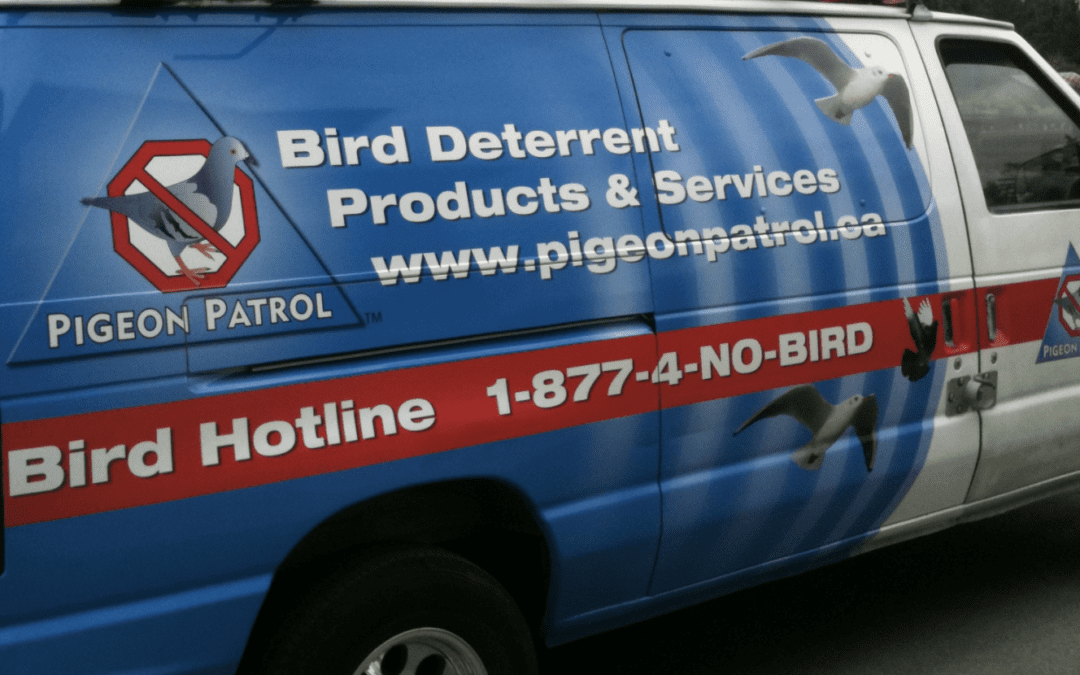
by Pigeon Patrol | Jan 20, 2021 | Bird Deterrent Products, Bird Law, Bird Netting, Bird Spikes, Columbidae
Pigeon Patrol is A Professional Bird Control Company Based In Vancouver thanks for tuning into our blog!
Many people don’t think about hiring a company to take care of bird problems, but with the help of bird control companies, variety of businesses can reap the rewards. Birds can be nice to look at, but over time, they can become a nuisance and potentially even affect the success of your business appearance. Here are five benefits of hiring a bird control service:
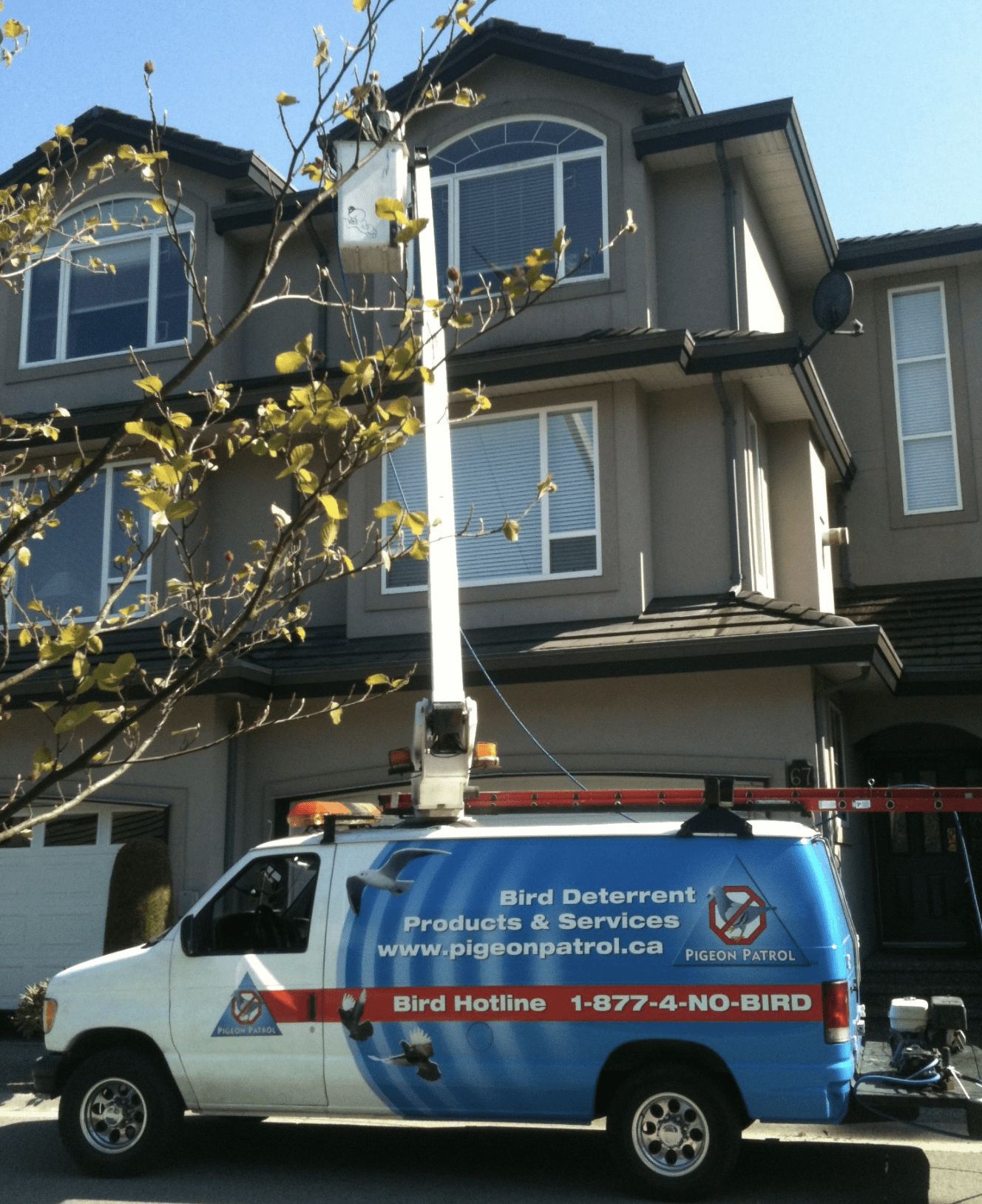
Why You Should Hire A Professional Bird Control Company
Humane Bird Control
You might be wondering if hiring a bird control service brings harm to the birds, but it certainly does not have to. A new technology called electronic bird repellent uses sonic and ultrasonic frequencies to deter birds without causing them any harm. The birds will simply hear these frequencies in the form of predatory calls or bird distress signals, and they will instinctively avoid the area. Plus, the frequencies used are out of the range of what humans can hear, so you do not have to worry about the deterrent itself being a nuisance! We also have the option of capturing the birds in a cage (with food and water) and bring them into the wild for them to live a new life
Cleaner Appearance
With a bird control service in place, you do not have to worry about bird droppings piling up on your company mailbox or awning (or even falling on an unsuspecting person’s head!). These droppings can drastically affect the aesthetic appeal of your building, which can turn customers off from doing business with you. Particularly if your building has any historical value, that value can become diminished by the abundance of droppings. We will clean your property with the right equipment
Less Health Risks
Birds carry all kinds of diseases, including salmonella, E. coli, and meningitis, and many of those diseases can be transferred to humans through the birds’ droppings. Humans do not have to come into contact with the droppings to contract these illnesses; the pathogens can be inhaled if a human is even in close vicinity to the droppings. It is best to not even take the risk of sickening any of your employees or customers when affordable bird control is an option. source
Preventing Damage
If you choose to not hire a professional bird control service, you will save some money in the short-term, but it could cost you in the long-term as the acid in bird droppings starts to erode any stonework or metal on your building. Of course, if you clean the droppings regularly, you likely will not have issues, but cleaning the droppings requires dedication, time, and money on a regular basis. With a bird control service, you can have preventative measures put in place once and never worry about it again.
Peace of Mind
In addition to eliminating the unsightly droppings, physical damage, and health issues that birds can cause, hiring a bird control service can also make your building simply more pleasant to be around. No longer will you have to worry about any unpleasant smells or distracting noises when you want to open a window or eat your lunch outside. The only thing you might miss is the birds chirping in the morning, but there’s an app for that!
Pigeon Patrol Products & Services is the leading manufacturer and distributor of bird deterrent (control) products in Canada. Pigeon Patrol products have solved pest bird problems in industrial, commercial, and residential settings since 2000, by using safe and humane bird deterrents with only bird and animal friendly solutions. At Pigeon Patrol, we manufacture and offer a variety of bird deterrents, ranging from Ultra-flex Bird Spikes with UV protection, Bird Netting, 4-S Gel and the best Ultrasonic and audible sound devices on the market today. source
Contact us at 1- 877– 4– NO-BIRD, (604) 585-9279 or visit our website at www.pigeonpatrol.ca
Pigeon / Pigeon Patrol / Pigeons Roosting / Vancouver Pigeon Patrol / Bird Control / Surrey Pigeon Control / Pest / Vancouver Pigeon Blog / Birds Inside Home / Pigeons in the cities / Ice Pigeons/ What to do about pigeons/ most common types of sparrows , Damages Caused by Sparrows, How To Keep Raccoons Away, de-fence, Pigeon Nesting and Breeding Patterns and Behavior What Do I Do With a Bird Trapped in My Wall? Professional Bird Control Company
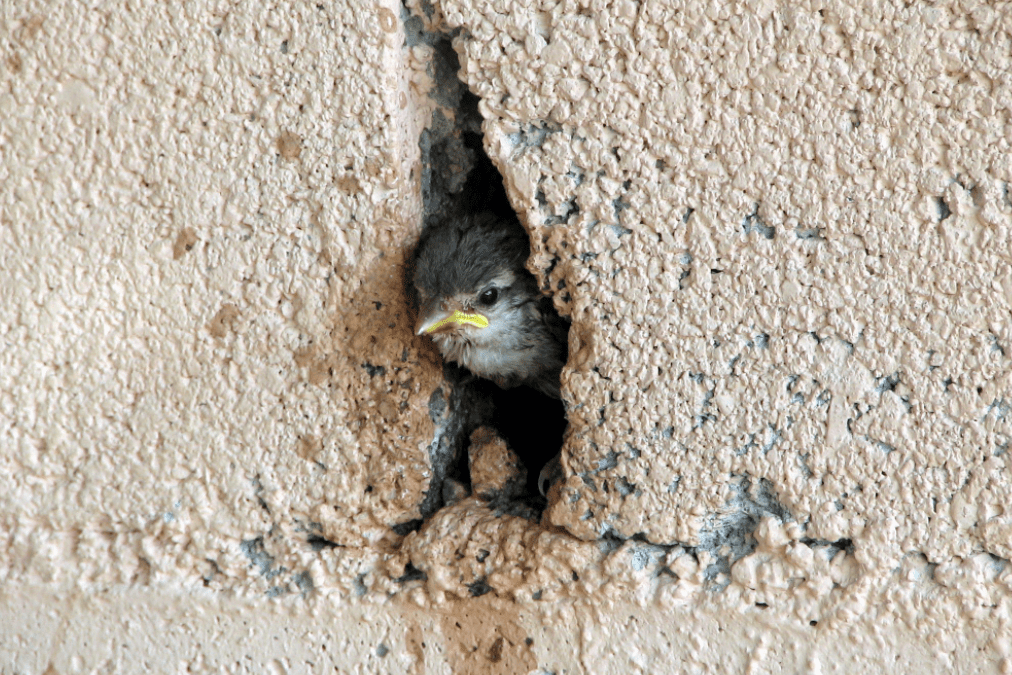
by Pigeon Patrol | Jan 14, 2021 | Bird Deterrent Products, Bird Netting, Bird Spikes, Pigeon Control, Pigeon Droppings, Pigeon Patrol's Services
It starts as a slight scratching. You suspect mice or rats at first until you hear the faint tweeting that means only one thing: A bird has become trapped behind your wall. Unfortunately, getting the bird out is a lot harder for you than it was for it to get in. Accept that it will probably mean cutting a hole in your wall. You also need to figure out where the bird got in and cover the hole with a metal screen to prevent it from happening again.
Lure It Out
Luring a bird out of a wall sounds logical. The bird got itself in, therefore it should be able to get itself out. This can work in some cases, but usually the bird becomes trapped between two walls and doesn’t have enough room to fly. If it sounds like the bird is moving up and down in the walls and you know where it entered, you can try luring it out. Place a bright light near the entrance to the wall since birds often fly toward light. Open any windows in the room and close it off to other areas of your house. Playing recorded birdsong near the entrance can help assure the bird that it is safe to come out; otherwise keep it very quiet in that room. Placing birdseed near the hole won’t work because birds have a poor sense of smell. If the bird is not out within a few hours, it probably can’t get out on its own.
Cut It Out
If you have the right tools and some construction experience, you can try to free the bird yourself by cutting a large hole in the wall above the bird. Cut shallowly into the drywall to avoid cutting into the electrical wires. Make the cut neat to make patching the wall easier. Once the piece of the wall is removed, the bird may fly out suddenly. Open any windows and doors to the outside to allow it to escape. If it doesn’t fly out, reach in with a gloved hand and carefully pick it up. Don’t release it until you are outside.
Call In an Expert
The safest, simplest method of dealing with a trapped bird is to call in a professional wildlife control expert. Look in the phone book under “pest control” or “animal removal services” to find one. Although they will charge a fee, they will get the animal out with the least amount of damage to your wall and home. In some cases, the cost of paying for animal control is less than paying a contractor to repair the damage done to your home.
Pigeon Patrol Products & Services is the leading manufacturer and distributor of bird deterrent (control) products in Canada. Pigeon Patrol products have solved pest bird problems in industrial, commercial, and residential settings since 2000, by using safe and humane bird deterrents with only bird and animal friendly solutions. At Pigeon Patrol, we manufacture and offer a variety of bird deterrents, ranging from Ultra-flex Bird Spikes with UV protection, Bird Netting, 4-S Gel and the best Ultrasonic and audible sound devices on the market today. source
Contact us at 1- 877– 4– NO-BIRD, (604) 585-9279 or visit our website at www.pigeonpatrol.ca
Pigeon / Pigeon Patrol / Pigeons Roosting / Vancouver Pigeon Patrol / Bird Control / Surrey Pigeon Control / Pest / Vancouver Pigeon Blog / Birds Inside Home / Pigeons in the cities / Ice Pigeons/ What to do about pigeons/ most common types of sparrows , Damages Caused by Sparrows, How To Keep Raccoons Away, de-fence, Pigeon Nesting and Breeding Patterns and Behavior What Do I Do With a Bird Trapped in My Wall?
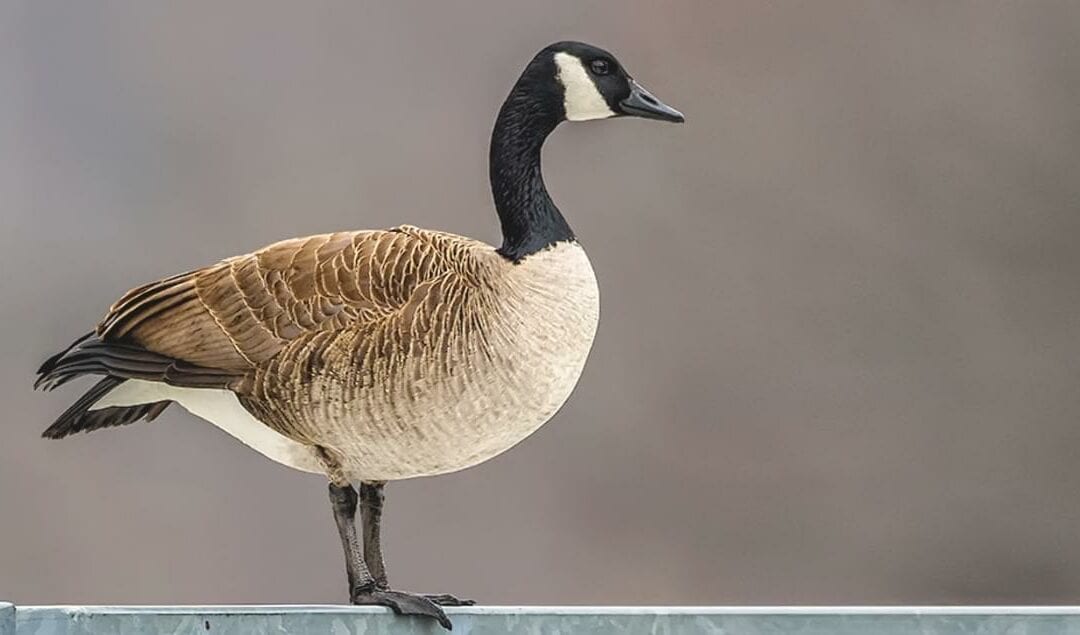
by Pigeon Patrol | Nov 15, 2020 | Animal Deterrent Products, Bird Deterrent Products, Bird Law, Bird Netting, Bird Spikes, Columbidae, Doves, history of pigeons, Pigeon Control, Pigeon Droppings
Looking for more information about which birds are considered pests? Read on to learn more!
The Birds That Are Pests
There are six types of birds found in Canada can be classified as nuisance pests, which are the house sparrows, starlings, pigeons, woodpeckers, gulls, and Canada geese
The house sparrow is a bird of the sparrow family Passeridae, found in most parts of the world. It is a small bird that has a typical length of 16 cm and a mass of 24–39.5 g. Females and young birds are coloured pale brown and grey, and males have brighter black, white, and brown markings
Starlings are small to medium-sized passerine birds in the family Sturnidae. The name “Sturnidae” comes from the Latin word for starling, sturnus. Many Asian species, particularly the larger ones, are called mynas, and many African species are known as glossy starlings because of their iridescent plumage
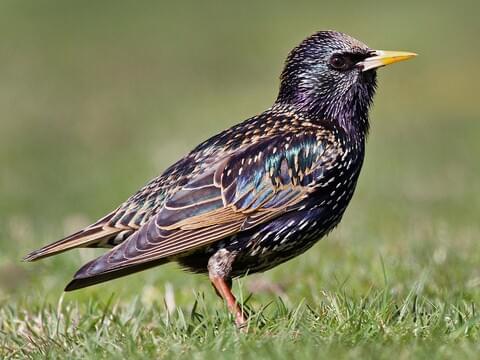
Pigeon
Next on the list is the Pigeon, Also known as the rock dove. Pigeons are known for causing diseases and damage due to their droppings. The droppings trigger human slips and falls as well as accelerating the aging of structures and statues.. Other pests that live on these birds are fleas, lice, mites, ticks and more. Pigeons vary in color but most of them are bluish gray with 2 black bands on the wing and black tip to the tail.
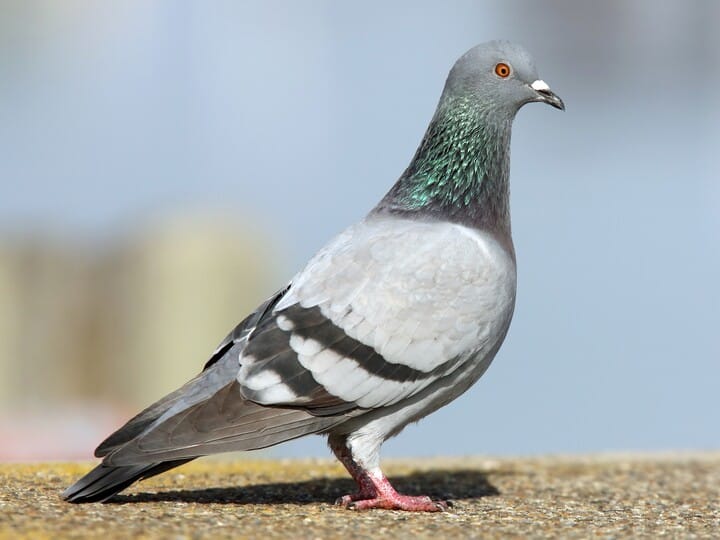 Source
Source
Woodpeckers
Woodpeckers are part of the family Picidae, that also includes the piculets, wrynecks, and sapsuckers. Members of this family are found worldwide, except for Australia, New Guinea, New Zealand, Madagascar, and the extreme polar regions. A woodpecker will attack for many reasons. The attack can be for food, shelter or to attract a mate. The reasons for attack include finding insects for food, often carpenter bees, or for a nest cavity or roosting site, or for other social reasons.
Gulls
Gulls, or colloquially seagulls, are seabirds of the family Laridae in the suborder Lari. They are most closely related to the terns and only distantly related to auks, skimmers and even more distantly to waders
Canada Geese
The Canada goose is a large wild goose species with a black head and neck, white cheeks, white under its chin, and a brown body. It is native to arctic and temperate regions of North America, and its migration occasionally reaches northern Europe
How to identify Birds
Canadian bird pests vary in length, overall size, and colouration. The smallest pest bird species, house sparrows are approximately 14 to 18 cm long with a wingspan of 19 to 25 cm. At the other end of the spectrum, Canada geese boast a wingspan as long as 182 cm and range from 90 to 120 cm in length. Some of the most common bird colourations include shades of grey, white, black, and brown. Pigeons, which rank as arguably the most colourful bird pest, may appear with streaks of light blue, green, lilac, peach, and various other shades.
Signs of an infestation
Birds are not exactly stealthy creatures, and infestations usually become evident with the increased presence of adult birds, the frequent occurrence of chirping and other noises, the sighting of nests, and an increased quantity of droppings in the area.
Birds Removal
Modifying the surrounding environment can aid property owners in ridding buildings of nuisance birds. Netting or spike strips can be strategically positioned to deter or prevent birds from landing and nesting. Noise devices, such as generators that mimic the sounds that natural predators make, work best in agricultural settings, while visual scare tactics are effective in the short term or when paired with other prevention and exclusion techniques. For particularly aggressive birds and those protected by the Migratory Bird Treaty Act, call a fully licensed pest control professional to take care of the problem legally and effectively.
How to prevent Birds from invading
Monitor water accumulating at likely nesting sites, fix any broken or deficient drainage systems, cover outdoor garbage containers tightly, eliminate any notable sources of food.
Habitat, Diet, and Life Cycle
Habitat
Many of the pest birds in Canada are migratory species which fly south when the temperatures approach the freezing point. Many pest birds have a widely distributed population and benefit greatly from the development of cities and the distribution of human populations. Some species construct nests and raise their young in elevated areas, while others nest on the ground. Birds generally prefer to live in the immediate vicinity of a water source but have no trouble flying reasonable distances to collect food. Most species adapt well to various surroundings.
Diet
Pest birds mainly eat fruits, seeds, grains, and insects. Many species live in close proximity to people and often feed on human food like bread, popcorn, peanuts, cake, discarded restaurant fare, and similar items. Much to the dismay of farmers, pest birds frequently target crops and livestock feed, as well. Gulls and Canada geese in particular maintain special dietary preferences. Gulls often feed on fish, rodents, and carrion, while the geese mostly consume plants like cattails, clover, and grass.
Life Cycle
Without exception, birds mate and rear their young in the spring and summer months. On average, pest birds produce one or two broods each year. House sparrows, however, can produce as many as five generations annually. Most birds require an incubation period of two weeks, though the eggs of both Canada geese and gulls require nearly a month of incubation. Newly hatched birds then leave the nest after an average of two to four weeks of preening. Depending on a variety of factors, nuisance birds typically live between 2 and 10 years.
Commonly Asked Questions
How worried should I be about birds?
Pest birds can carry parasites like fleas, mites, and ticks, and transmit diseases to humans and livestock. Pigeon excrement often contains the fungal diseases histoplasmosis and cryptococcosis, which are especially dangerous to people with compromised immune systems.
Many bird species are noisy and can damage buildings and equipment. Not only are pest bird droppings unsightly, they can stick to buildings, potentially eroding the structure.
Pest birds can also create drainage issues and fire hazards by nesting in the small crevices, drains, and gutters of buildings. Many bird species are also aggressive towards humans or native bird populations.
However, dealing with pest birds can be difficult, due to the Migratory Bird Treaty Act, which protects certain species from trapping and relocation practices. Any attempt to remove a pest bird must also comply with the Fish & Wildlife Act.
While netting, spike strips, noise devices, and visual scare tactics may be valid options, often only a professional, licensed pest control service can meet the regulatory standards required when it comes to removing and keeping away pest birds.
About Pigeon Patrol:
Pigeon Patrol Products & Services is the leading manufacturer and distributor of bird deterrent (control) products in Canada. Pigeon Patrol products have solved pest bird problems in industrial, commercial, and residential settings since 2000, by using safe and humane bird deterrents with only bird and animal friendly solutions. At Pigeon Patrol, we manufacture and offer a variety of bird deterrents, ranging from Ultra-flex Bird Spikes with UV protection, Bird Netting, 4-S Gel and the best Ultrasonic and audible sound devices on the market today.
Contact us at 1- 877– 4– NO-BIRD, (604) 585-9279 or visit our website at www.pigeonpatrol.ca
Bird Gone, Pigeon Gone, Seagull Gone, Pigeon problems, 1-877-4NO-BIRD, 4-S Gel, Bird Control, Pigeon Control, bird repellent,, sonic bird repellent, stainless steel , bird spikes Vancouver, Ultra Sonic Bird Control, Bird Netting, stop aggressive pet birds Canada bird deterrents, Pigeon Pests, B Gone Pigeon, Pigeon Patrol, pest controller, pest control operator, pest control technician, Pigeon Control Products, humane pigeon, pigeon deterrents, pigeon traps, Pigeon repellents, stop aggressive pet birds Sound & Laser Deterrents, wildlife control, raccoon, skunk, squirrel deterrent, De-Fence Spikes, Dragons Den, Canada bird spikes, Canada pigeon, pigeon control, pigeon patrol, pigeon. destroy pigeons, crow, starling, Pigeon Habitat, Pigeon identifications, pigeon myths, stop aggressive birds, stop aggressive pet birds

by Pigeon Patrol | Aug 25, 2019 | 4-S Gel Bird repellent, Animal Deterrent Products, Bird Deterrent Products, Bird Netting, Bird Spike, Bird Spikes, Pigeon Control, Pigeon Droppings, Pigeon Patrol's Services, Pigeon Spikes, Pigeons in the News, UltraSonic Bird Control
![Pigeons have become the latest recruits in helping researchers gather data on climate change. Scientists at the University of Birmingham in the U.K. have developed a tiny set of sensors resembling a small backpack that can be strapped onto the back of pigeons. These little sensors help researchers collect data on urban microclimates ??? the fluctuations in temperature, humidity, and winds that can have major effects on living in major cities. So where do the pigeons come from? The group works with local volunteers who raise homing pigeons. Known for their abilities to return to their nest, homing pigeons have been used as far back as Ghengis Khan to carry messages across long distances. Using homing pigeons means that the researchers are sure to get their instruments back and can download the information before sending the birds on their way to collect more data. The design of the backpack conceived to keep the safety and comfort of the birds in mind. Each weighs less than 3 percent of the pigeon???s body weight, which is the standard for bird tracking devices. Thomas???s wife sewed each backpack, going through several versions until they found the perfect fit. ???If [the pigeon owners] are not happy with any aspect of putting the sensors on their back, then they don???t have to fly their birds,??? explains Rick Thomas, the research fellow who leads the study. ???The welfare of the birds is utterly paramount.??? Thomas also pointed out several good reasons to use birds rather than something like drone technology. For one, drones are not allowed to fly freely in any area, particularly after the trouble a drone caused at Gatwick airport in December. Secondly, different technology would not be as cost effective as what???s possible with the pigeons. Thus far, the group???s band of pigeons have logged over 620 miles with their backpacks over the course of 41 flights. The hopes are that the climate data can be used by scientists to help them predict how pollution](https://i0.wp.com/metro.co.uk/wp-content/uploads/2019/03/SEI_58347567.jpg?quality=90&strip=all&zoom=1&resize=540%2C405&ssl=1)
Pigeons are helping researchers gather data on climate change. (University of Birmingham/Cover Images)
Pigeons have become the latest recruits in helping researchers gather data on climate change.
Scientists at the University of Birmingham have developed a tiny set of sensors resembling a small backpack that can be strapped onto the back of homing pigeons. These little sensors help researchers collect data on urban microclimates, including fluctuations in temperature, humidity, and winds that can have major effects on living in major cities.
The pigeons themselves come from local volunteers that raise them and who agree to work with the scientists. Pigeons are helping researchers gather data on climate change.
Known for their abilities to return to their nest, homing pigeons have been used as far back as Ghengis Khan to carry messages across long distances. Using homing pigeons means that the researchers are sure to get their instruments back and can download the information before sending the birds on their way to collect more data.
The design of the backpack conceived to keep the safety and comfort of the birds in mind. Each weighs less than 3% of the pigeon’s body weight, which is the standard for bird tracking devices. Sensors in the backpacks help researchers collect data on urban microclimates (University of Birmingham/Cover Images)
‘If [the pigeon owners] are not happy with any aspect of putting the sensors on their back, then they don’t have to fly their birds,’ explains Rick Thomas, the research fellow who leads the study. The welfare of the birds is utterly paramount and, they’re not likely to cause the same issues as drones, explained Thomas.
The pigeons all come from local volunteer groups.![Pigeons have become the latest recruits in helping researchers gather data on climate change. Scientists at the University of Birmingham in the U.K. have developed a tiny set of sensors resembling a small backpack that can be strapped onto the back of pigeons. These little sensors help researchers collect data on urban microclimates ??? the fluctuations in temperature, humidity, and winds that can have major effects on living in major cities. So where do the pigeons come from? The group works with local volunteers who raise homing pigeons. Known for their abilities to return to their nest, homing pigeons have been used as far back as Ghengis Khan to carry messages across long distances. Using homing pigeons means that the researchers are sure to get their instruments back and can download the information before sending the birds on their way to collect more data. The design of the backpack conceived to keep the safety and comfort of the birds in mind. Each weighs less than 3 percent of the pigeon???s body weight, which is the standard for bird tracking devices. Thomas???s wife sewed each backpack, going through several versions until they found the perfect fit. ???If [the pigeon owners] are not happy with any aspect of putting the sensors on their back, then they don???t have to fly their birds,??? explains Rick Thomas, the research fellow who leads the study. ???The welfare of the birds is utterly paramount.??? Thomas also pointed out several good reasons to use birds rather than something like drone technology. For one, drones are not allowed to fly freely in any area, particularly after the trouble a drone caused at Gatwick airport in December. Secondly, different technology would not be as cost effective as what???s possible with the pigeons. Thus far, the group???s band of pigeons have logged over 620 miles with their backpacks over the course of 41 flights. The hopes are that the climate data can be used by scientists to help them predict how pollution](https://i2.wp.com/metro.co.uk/wp-content/uploads/2019/03/SEI_58347563.jpg?quality=90&strip=all&zoom=1&resize=540%2C719&ssl=1)
Drones are not allowed to fly freely in any area, particularly after the trouble a drone caused at Gatwick airport in December. What’s more, drone technology would not be as cost effective as what’s possible with the pigeons.
Thus far, the group’s band of pigeons have logged over 620 miles with their backpacks over the course of 41 flights. Impressive!
Read more: https://metro.co.uk/2019/03/25/scientists-recruited-pigeons-help-stop-climate-change-9008203
Have a Pigeon Problem?
Pigeon Patrol Products & Services is the leading manufacturer and distributor of bird deterrent (control) products in Canada. Pigeon Patrol products have solved pest bird problems in industrial, commercial, and residential settings since 2000, by using safe and humane bird deterrents with only bird and animal friendly solutions. At Pigeon Patrol, we manufacture and offer a variety of bird deterrents, ranging from Ultra-flex Bird Spikes with UV protection, Bird Netting, 4-S Gel and the best Ultrasonic and audible sound devices on the market today.
Voted Best Canadian wholesaler for Bird Deterrent products eight years in a row.
Contact us at 1- 877– 4– NO-BIRD, (604) 585-9279, or visit our website at www.pigeonpatrol.ca




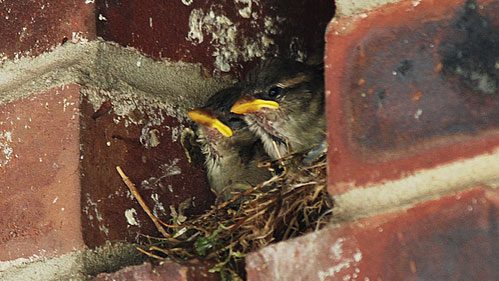




![Pigeons have become the latest recruits in helping researchers gather data on climate change. Scientists at the University of Birmingham in the U.K. have developed a tiny set of sensors resembling a small backpack that can be strapped onto the back of pigeons. These little sensors help researchers collect data on urban microclimates ??? the fluctuations in temperature, humidity, and winds that can have major effects on living in major cities. So where do the pigeons come from? The group works with local volunteers who raise homing pigeons. Known for their abilities to return to their nest, homing pigeons have been used as far back as Ghengis Khan to carry messages across long distances. Using homing pigeons means that the researchers are sure to get their instruments back and can download the information before sending the birds on their way to collect more data. The design of the backpack conceived to keep the safety and comfort of the birds in mind. Each weighs less than 3 percent of the pigeon???s body weight, which is the standard for bird tracking devices. Thomas???s wife sewed each backpack, going through several versions until they found the perfect fit. ???If [the pigeon owners] are not happy with any aspect of putting the sensors on their back, then they don???t have to fly their birds,??? explains Rick Thomas, the research fellow who leads the study. ???The welfare of the birds is utterly paramount.??? Thomas also pointed out several good reasons to use birds rather than something like drone technology. For one, drones are not allowed to fly freely in any area, particularly after the trouble a drone caused at Gatwick airport in December. Secondly, different technology would not be as cost effective as what???s possible with the pigeons. Thus far, the group???s band of pigeons have logged over 620 miles with their backpacks over the course of 41 flights. The hopes are that the climate data can be used by scientists to help them predict how pollution](https://i2.wp.com/metro.co.uk/wp-content/uploads/2019/03/SEI_58347563.jpg?quality=90&strip=all&zoom=1&resize=540%2C719&ssl=1)